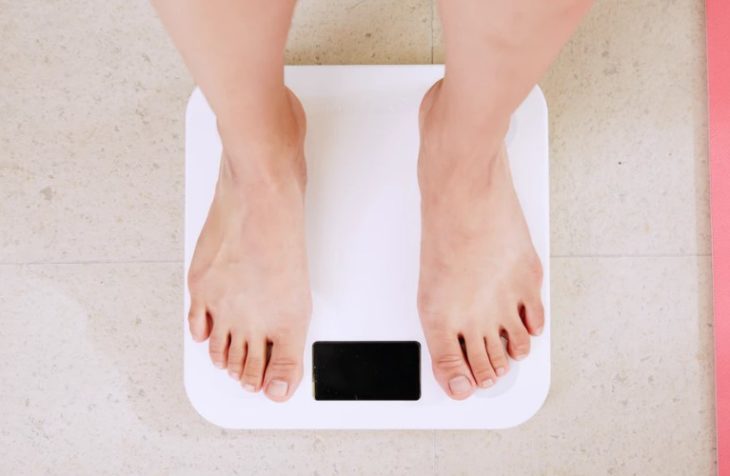How to Calibrate a Bathroom Scale
Calibration is the way of adjusting your scale so that the indicator reads zero when there is no weight and gives correct results of all measurements taken. It’s always important to balance it so that you have an accurate bathroom scale.
Calibration requires to use known weight objects to test if your machine is giving you the correct figures. Some may be self-calibrating scales, but others need a manual and be done at least every two months or more often for accurate results.
Prepare the Bathroom Scale
Place your scale on a flat, stable, firm surface where there are no strong air movements. Determine the maximum weight of the machine and accuracy required by checking on its manual or manufacturer’s website.
Activate Your Scale
Switch on your scale and wait for it to stabilize. Check for the calibration button or mode setting and press it to read zero. If your balance doesn’t have these settings, confirm how to set it to zero from the manual.
Carry a Weight Test
Place a known weight at the center of the scale and let it calculate. Keep adding other known objects and note the weight increment until it reaches maximum, to confirm if the maximum weight it can measure is as indicated. Start removing the objects as you check how the mass decrease and allow it to zero.
Reweigh a Familiar Object Multiple Times
Take a packet of sugar or flour and place it on the scale. Note the weight if it’s correct, remove the pack and let it return to zero. Repeat the weighing at least five times to ensure the results are consistent. If the results don’t match, try it several times.
Weigh Two Familiar Objects Together
Weighing two objects together will help test your scale at a higher level. Weigh sugar and flour separately and note their weight. Later place them together and check their combined masses. Add their separate weights to confirm if it’s the same and whether the scale is accurate.
Weigh Yourself While Holding an Object
The step helps to test the scale accuracy in weighing unbalanced weight. Weigh yourself first and take note of your weight. Take a known mass of an object like 2 pounds of flour and step on the scale and weigh. The results should increase by two the amount your holding. For instance, if you are 80, the total should be 82.
Change the Location of the Scale.
Why does my scale give me a different weight? If this is still the case for your balance, try a different location to confirm. A soft surface and carpet can affect your scale balance and give you inconsistent results. Therefore, the surface should be a hard and flat floor. Weigh an object in the current location and note the results, clear the scale, and move it to a different stable spot.
Reweigh the packet and check if the results are matching. If the results aren’t matching, use a known weight to confirm which location gives correct figures. Always stick to that location for more accuracy.
Conclusion
Following the steps explained above, you can adjust your scale, whether its digital or mechanical. The process is the same and will ensure you get accuracy while weighing.
